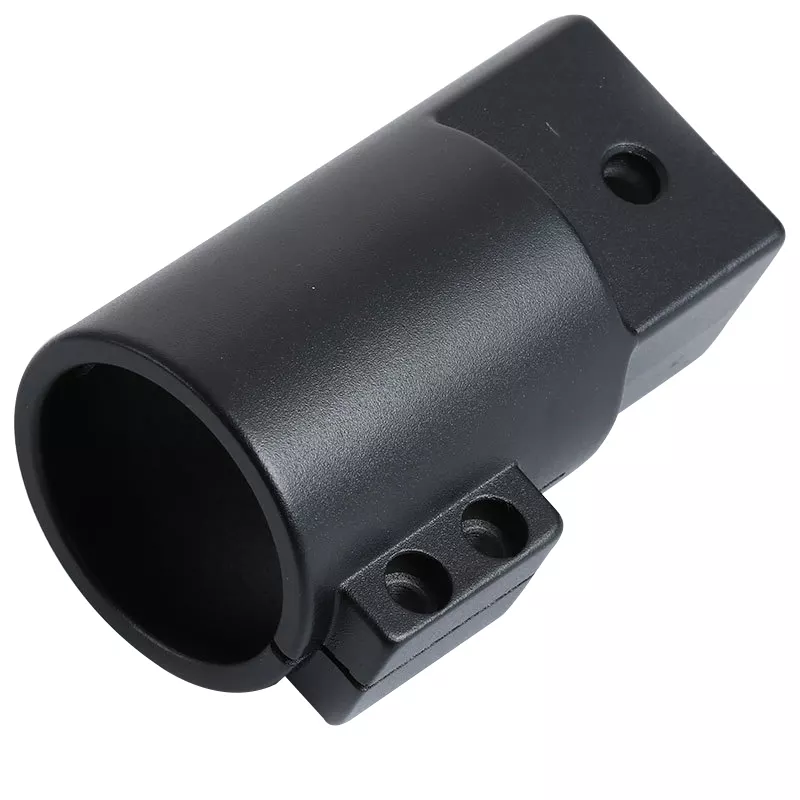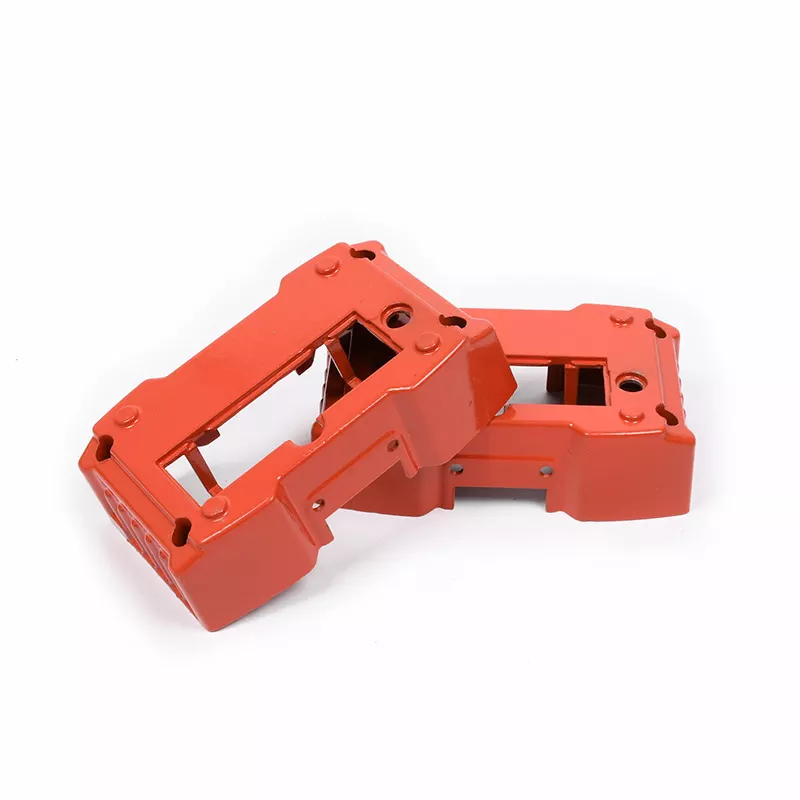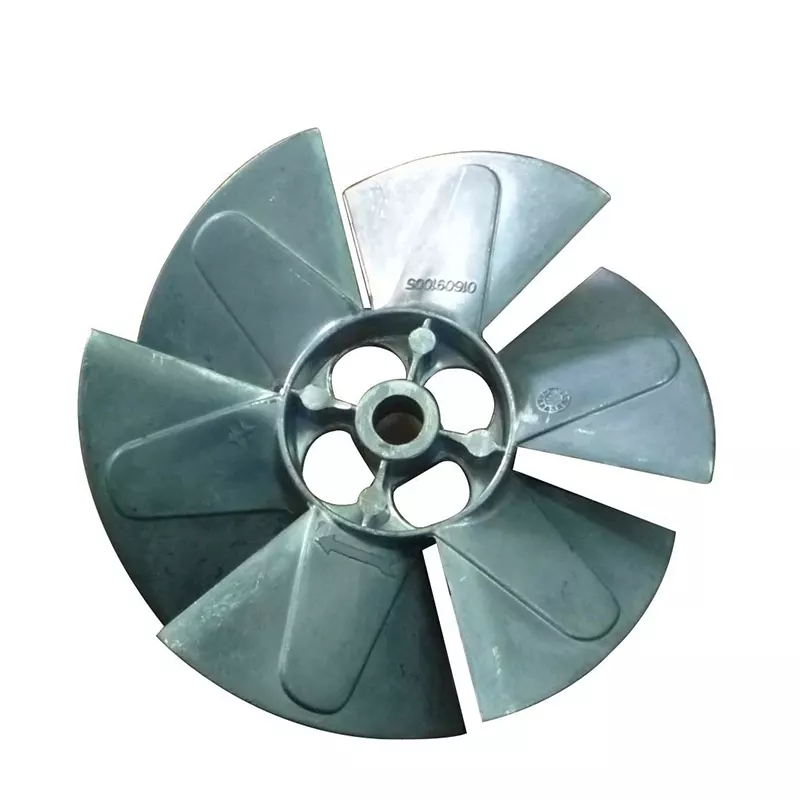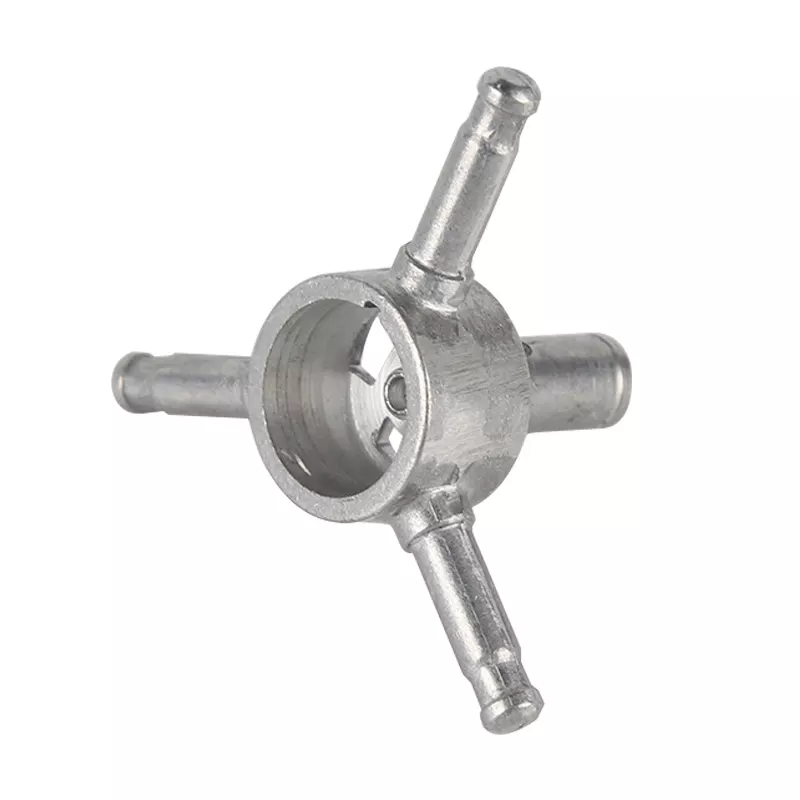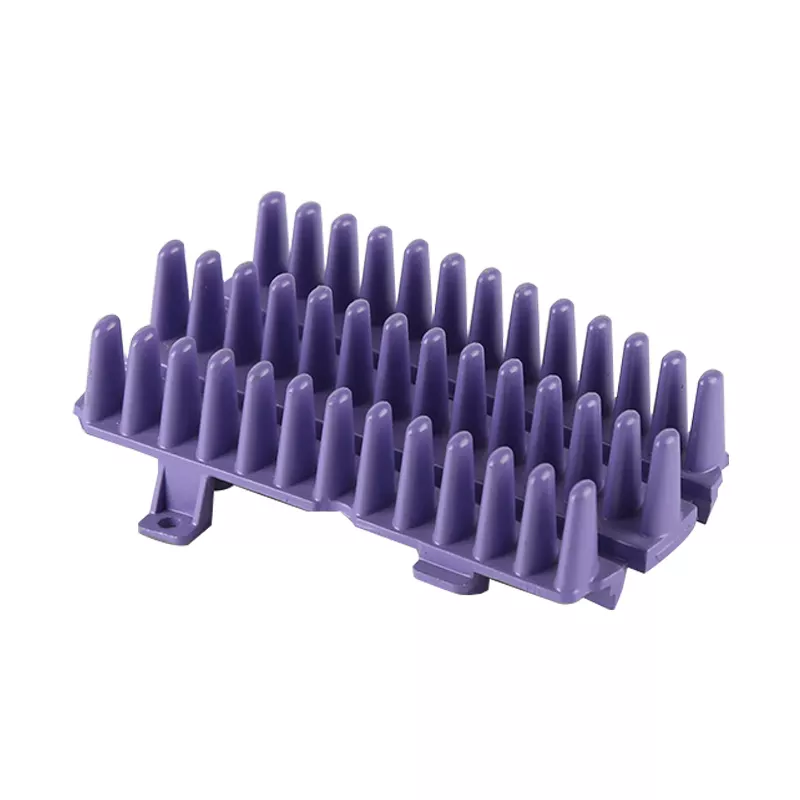The mold is cast during use, and some failures and damages often occur, and the use of very serious defects affects the mold. Below the standard parts, you can understand the most common failure modes of die-casting molds in the production process: fracture failure, failure and dissolution.
And three kinds of thermal fatigue crack damage and failure reasons are introduced in detail.
1. Fracture failure
Under the action of injection pressure, the mold will initiate cracks in the most fragile place, especially the surface where the traces of the molding line or the traces of electrical machining are not completed, or the place where a clear angle is formed will be the first small crack. The presence of brittle phases or coarse grain boundaries is easy to fracture. The rapid growth of cracks, brittle fracture, and mold fracture are the risk factors for failure. Therefore, on the one hand, scratches on the surface of the mold, electrical machining marks must be polished, even if it is in the pouring system, it must be illuminated. It also requires high strength, good plasticity using advanced materials, and good impact toughness and fracture toughness.
2. Corrosion failure
Commonly used molds and zinc alloys, casting alloys, aluminum alloys, magnesium alloys and copper alloys, there are also pure aluminum alloy die-casting, zinc metal elements, aluminum and magnesium are a kind of lively, they have a good affinity, mold materials, Especially aluminum sheet. When the mold hardness is high, it has good corrosion resistance. If there are soft spots on the molding surface, it is anti-corrosion.
3.Thermal fatigue crack damage failure
In the process of die casting mold production, the quenching effect of the hot forming surface and its internal deformation occur repeatedly, and the repeated thermal stress interacts, resulting in structural damage and elastic loss, leading to the appearance of micro-cracks, and causing the surface structure and internal structure of the casting to occur fracture. When the crack propagates, stagnation and melting of the fluid and repeated mechanical stress accelerate the crack propagation. Therefore, on the one hand, the die casting mold must be fully preheated before it can start. In addition, in order to avoid early cracking and failure during the production of die-casting molds, a certain operating temperature range must be maintained. At the same time, it is not a problem to ensure the production and internal reasons before the mold is put into production. In actual production, mold failure is the most common failure of thermal fatigue cracks.




